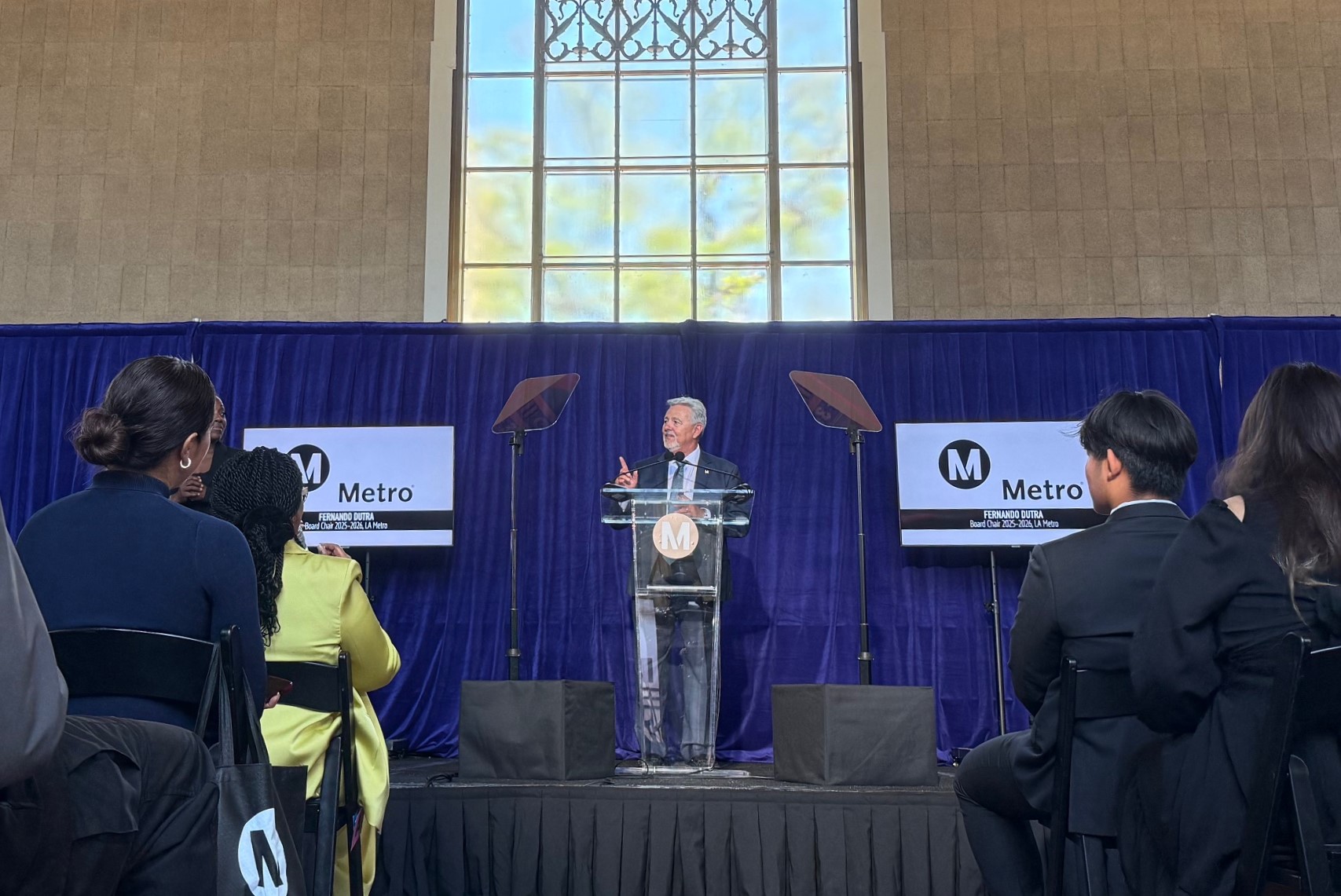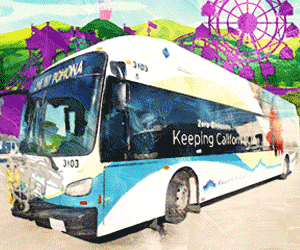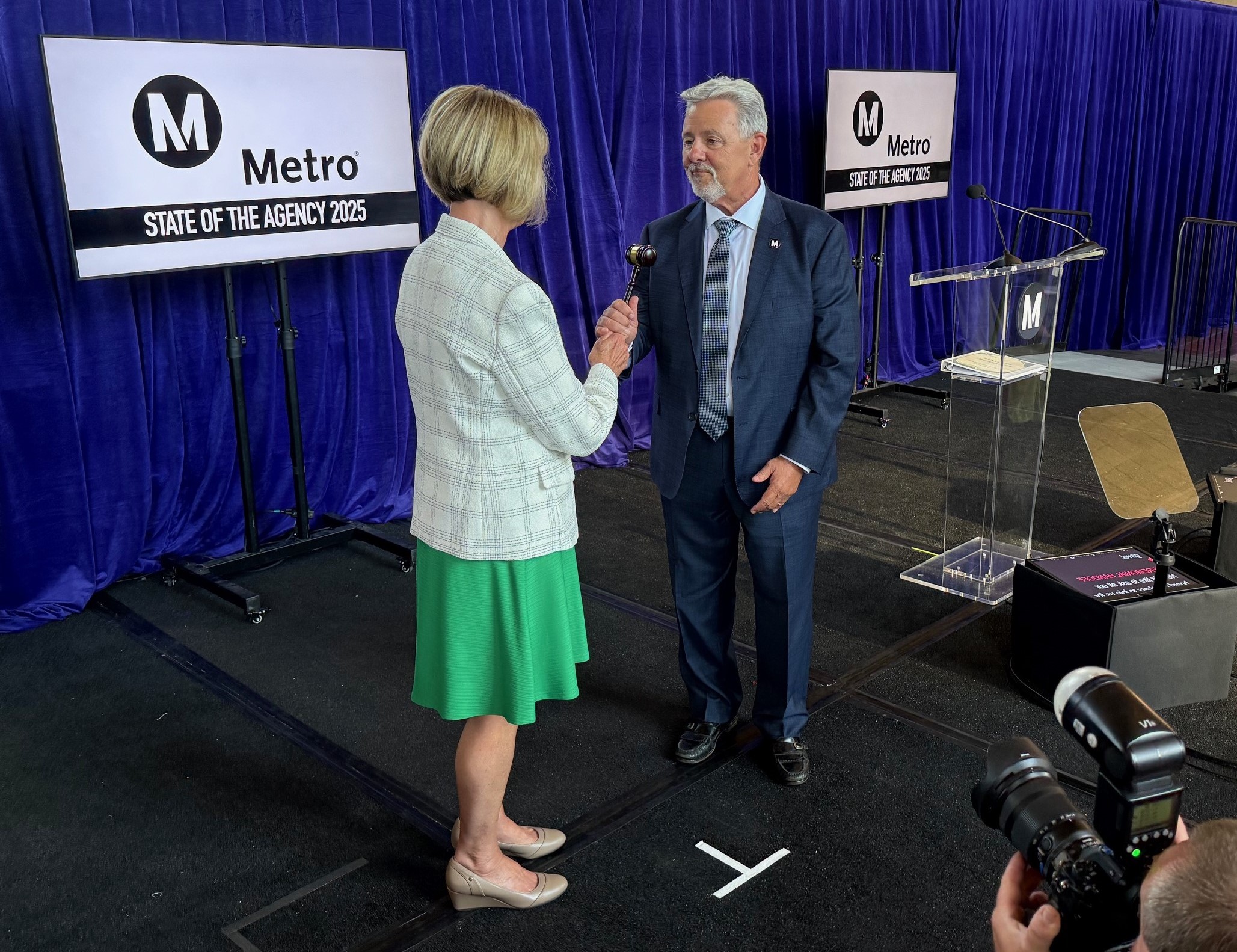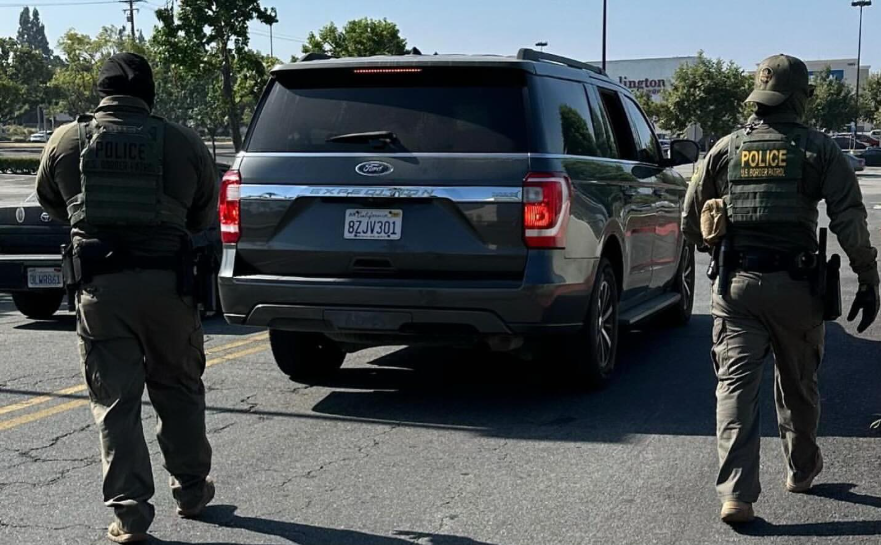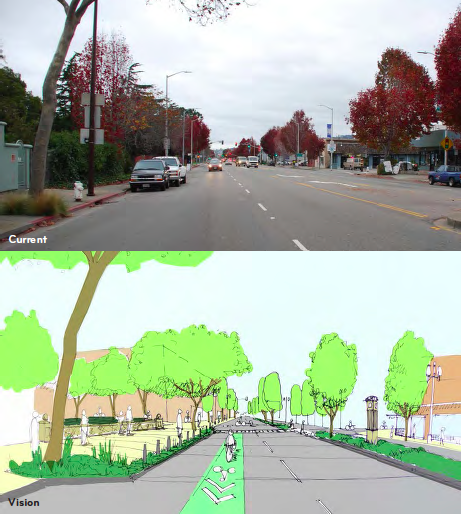
Although Governor Jerry Brown's proposed FY 2015 budget showed a decrease in the line item for the Active Transportation Program (ATP), Caltrans Budget Chief Steven Keck assured the California Transportation Commission at its meeting last week that the change was technical and the funding level would be the same as last year's.
Caltrans Director Malcolm Dougherty later confirmed that "as of today going forward, our plan is: no change in the ATP budget."
While the funding is not being cut from 2014 levels, there is still concern that the need to improve conditions for pedestrians and bicyclists is far greater than the funding provided in the ATP.
And the commissioners seem to agree.
Commissioner Yvonne Burke expressed surprise that there wasn't more of a fuss kicked up at the meeting. Commissioner Carl Guardino was the only speaker who called attention to the program's paltry funding, noting that the need for it "greatly outstrips the amount of funding available."
The ATP allocates most of the state's funding targeted at increasing walking and bicycling. It was created by statute [PDF] in 2013, combining state and federal funding for bicycle infrastructure, Safe Routes to Schools, and other similar funds into a single pot. In its first two-year cycle, it awarded a total of a little over $350 million for 267 projects throughout the state.
Tracing the sources of money in the ATP can be tricky. Early budget proposals typically incorporate some uncertainty about funding levels, since calculating the state's revenues from taxes can be an inaccurate science. Other budgetary practices, like last year's repayment of $9 million that had been borrowed from the ATP's precursor, the Bicycle Transportation Account, further muddy the waters.
Whatever the reasons for it, the confusion over an issue as simple as "how much money will the state be spending on walking and bicycling infrastructure" adds to the impression that Caltrans is not a very transparent organization.
At last week's meeting, commission staff presented and discussed draft revisions to the program guidelines [PDF] for the second two-year cycle of funding, set to begin in June.
The main changes being made involve deleting requirements for matching funds and adopt the CalEnviroScreen definition of disadvantaged communities to be consistent with other programs with similar requirements to assure that a portion of their funds go to communities most in need.
Several people at the meeting expressed concern about the ways projects are credited with benefiting disadvantaged communities. Erika Whitcomb of PolicyLink recommended adding a geographical component to the definition, requiring projects that claim to help disadvantaged communities to show how they connect those communities with amenities and services.
The tension between rural and urban needs was apparent, as it is in other funding programs. Philip Chu of San Bernardino Associated Governments (SANBAG) said that only three percent of the last round of funding went to rural agencies.
He and other commenters also emphasized the importance of including funds for planning in the program, saying that many areas have bicycle plans but very few have pedestrian plans. Staff had decided to limit planning funds to a maximum of five percent of the ATP budget, and to award such funds only to disadvantaged communities that lack a bicycle or pedestrian plan.
Commissioner Guardino said, "If a community can't even afford to plan, then how will they build anything?" Citing the small amount of funding available, he said he would not support a move to increase the amount of planning funds to more than five percent.
Wendy Alfsen of California Walks requested what seems like a subtle word change but could have a profound impact on the program. She recommended changing the name of the public work group to "Program Implementation and Application Evaluation Committee."
The statute that established the ATP [PDF] requires the formation of a workgroup that includes, but is "not limited to, representatives of government agencies and active transportation stakeholder organizations with expertise in pedestrian and bicycle issues, including Safe Routes to School programs."
Alfsen noted that the wording of the guidelines “makes it sound like [these experts] are only involved in project review,” and not in formulating the program or its guidelines. Changing these few words would allow a broader participation of experts and the public in the program's formulation, and help create ongoing public participation and transparency.
A single public workshop was held on the guideline revisions in Los Angeles on January 8. Staff “may hold another workshop in February if there are substantial new changes proposed," according to staff member Laurel Janssen.
Comments on the revisions are still being accepted until the end of February--you can submit them here or mail letters to:
California Transportation CommissionExecutive Director Will Kempton1120 N Street, MS-52Sacramento, CA 95814
Staff expect to present the guidelines for final approval at the next CTC meeting on March 25.
Email tips, alerts, press releases, ideas, etc. to melanie@streetsblog.org.
For social media coverage focused on statewide issues, follow Melanie @currymel on Twitter or like our Facebook page here.

